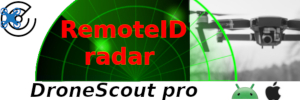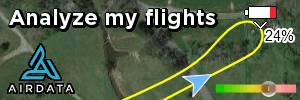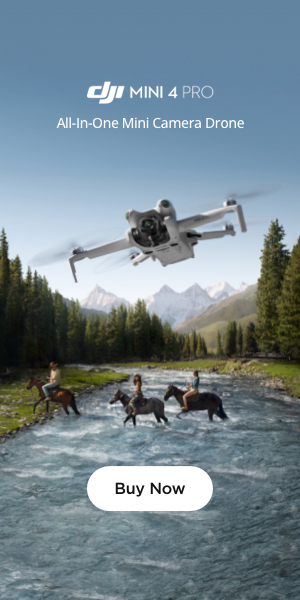I read some fellow member reply here:
And it makes a lot of sense, I was just wondering the two cameras at the bottom of the air 3s which help land precisely on a PATTERNED surface, do they work well even outdoors with gps present? And how to make sure they are working for precise landing (lets say on a helidpad) when outdoors and landing on a relatively unstable surface such as a boat ? And specific landing instructions or height to land precisely on a helipad On a boat ?
Finally, at what height they stop working to stabilize the drone when in air and no GPS present ? (Indoors) for air 3s ?...
Thanks,
The infrared sensors (the ones that are more to the rear, that are very reflective) are the TOF sensors used to measure height. They are used for precision landing and bottom obstacle avoidance, that prevent you from slamming the drone into the ground when pushing the stick fully down even in sport mode. These can be easily confused by reflective surfaces such as mirrors, glass tables, car roofs and water, so be careful not try to land on one of those, and if you do, do not push the left stick fully down as the sensors might fail and...What function does each couple of sensors have?
And it makes a lot of sense, I was just wondering the two cameras at the bottom of the air 3s which help land precisely on a PATTERNED surface, do they work well even outdoors with gps present? And how to make sure they are working for precise landing (lets say on a helidpad) when outdoors and landing on a relatively unstable surface such as a boat ? And specific landing instructions or height to land precisely on a helipad On a boat ?
Finally, at what height they stop working to stabilize the drone when in air and no GPS present ? (Indoors) for air 3s ?...
Thanks,










